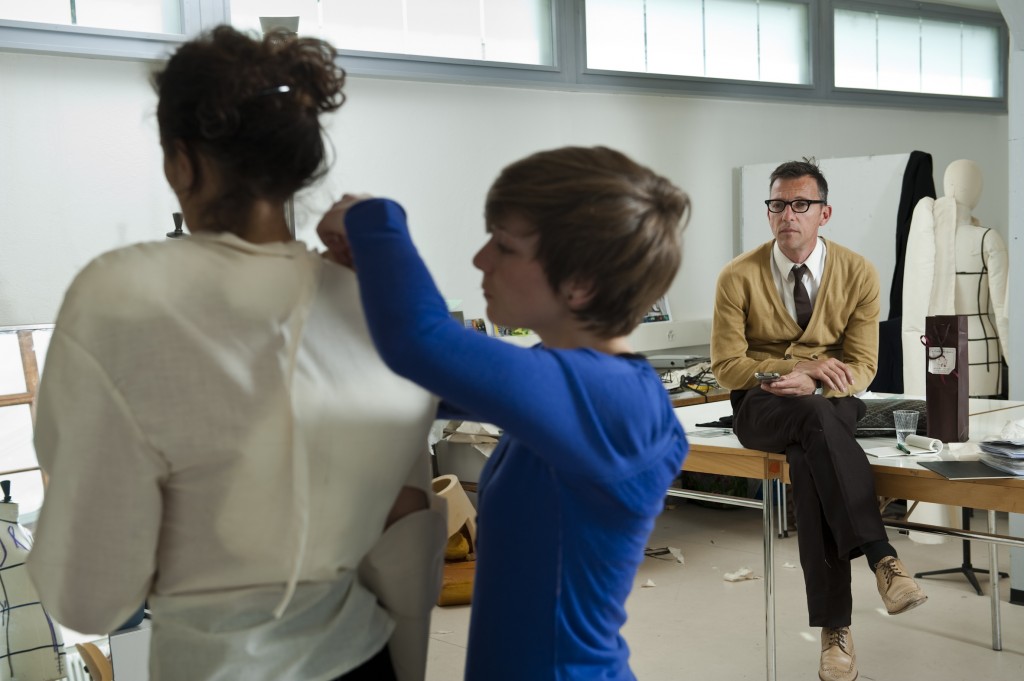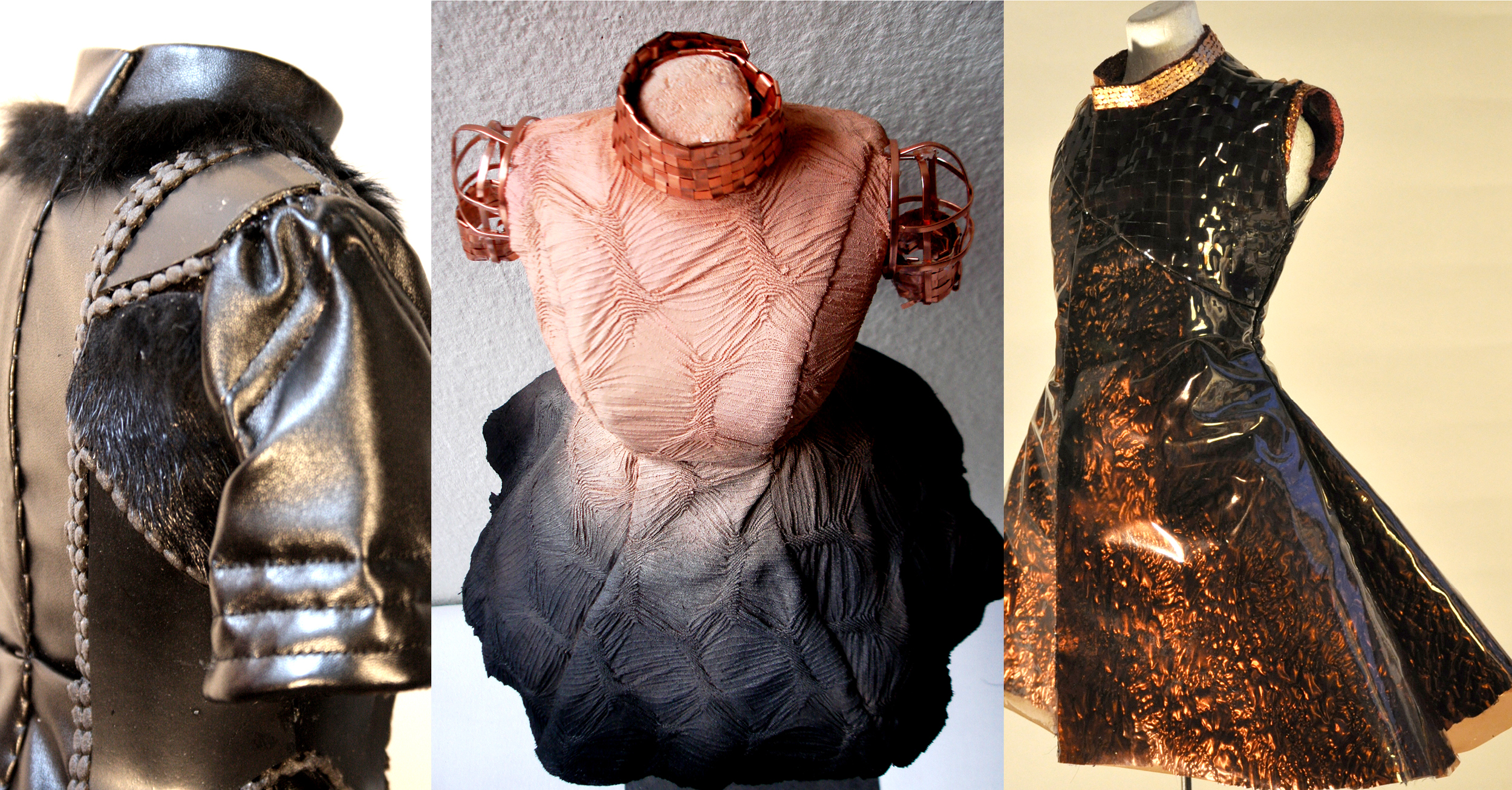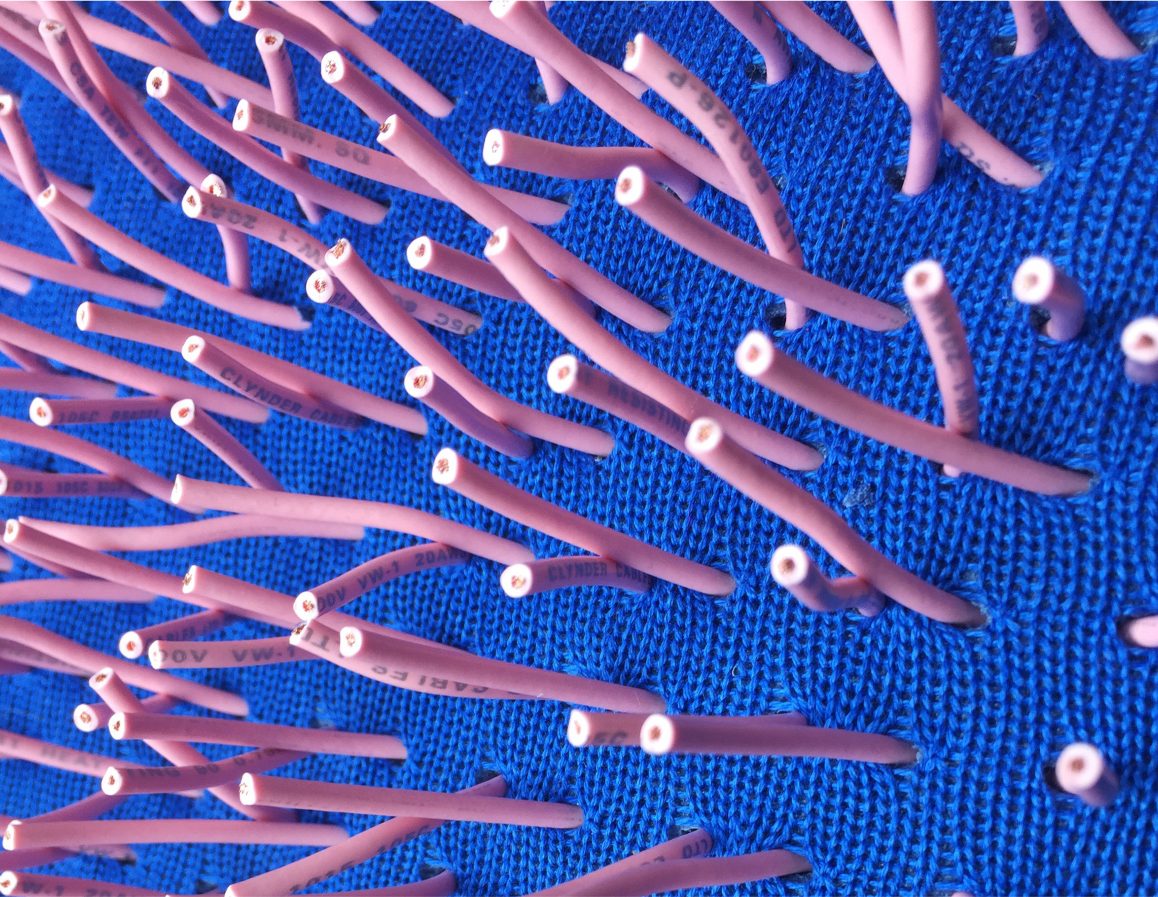
In the storerooms of museums of fashion, garments are waiting in their thousands. On coat-hangers, in serried ranks, or delicately stranded in storage drawers, centuries of silent wardrobes are biding their time. Memories in the shape of those who wore them, they are abandoned by the gestures of daily life. Under the muslin or the crêpe, under the painted or printed pattern, the body has melted away.
It is impossible for the costumes collected by museums to be worn again. The rules of conservation insist on that. Preserving the condition of the textiles which are all fragile is not the only virtue of this restriction. It also rules out the business of dressing up, which is a temptation, for bodies have changed from decade to decade, making the original epidermal base obsolete and ridiculous.

To handle the sleeping garment, the curator and the restorer go about their work with affectation. Their hands, sheathed in white cotton gloves, barely brush the fabric. With lots of precautions, they take hold of a sleeve or a shoulder-strap, using a subterranean, mannered vocabulary that belongs only to the secret world of the store rooms. However, even shielded from the light, some designs drawn on the fiber slowly continue to disappear. Without the attention and vigilance of the keepers of fashion, the so coveted and mishandled garments would disappear more quickly than the infatuation that draws us to them.

Tilda Swinton has learnt these gestures that turn an ordinary garment into a relic. She has invented others, chaste or romantic. Intended for wearing, but never worn, the clothes of every period she presents with knowing restraint constitute a disturbing parade. In her long arms, the dresses of famous clients, sleeping beauties with petal sleeves, sigh again to promote a parade of past and present centuries.
29/09/2012 – 01/10/2012



